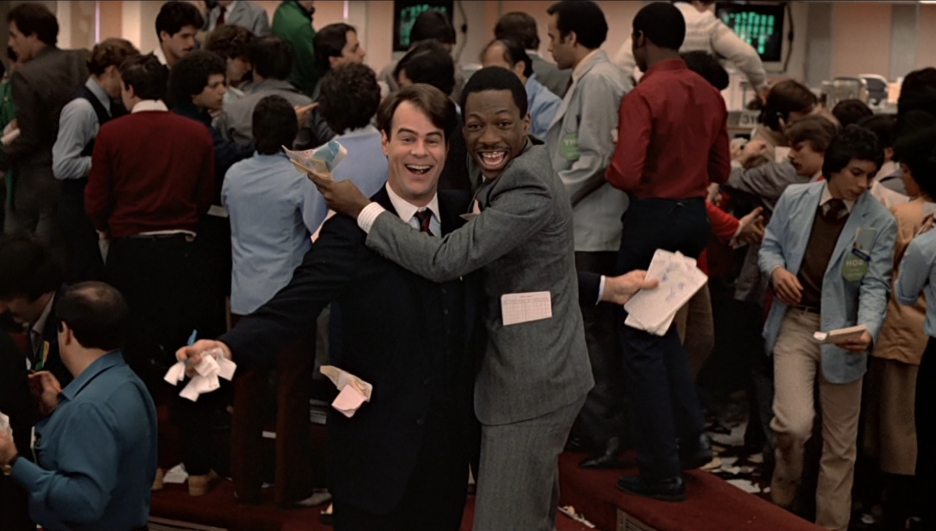Get those brokers back in here!: The CME signals the end of open outcry trading pits
FINRA encouraging more transparency on brokers’ background, disciplinary records
After 2.5 years of back and forth, FINRA passed a rule requiring brokerages’ websites to link back to FINRA’s own BrokerCheck website, its database of broker regulatory disclosures, disciplinary actions, and general work history. Now, brokers will have to provide a link on their websites to BrokerCheck, enabling clients and prospects to research a prospective broker and competition for any red marks. [x_pullquote type=”right”]20% of brokers with the highest ex-ante predicted probability of investor harm are associated with more than 55% of investor harm events and the total dollar harm in our sample[/x_pullquote]
FINRA appears serious about encouraging investors to up their usage of BrokerCheck with a recent research report entitled Do Investors Have Valuable Information About Brokers? The report’s authors, who are both economists employed by the Office of the Chief Economist at FINRA, test for the predicability of investor harm based on BrokerCheck entries. While not a causal connection, the paper does find that a connection between investor harm and brokers in BrokerCheck who have the highest probability of inflicting damage on their clients.
FINRA is clearly telling investors that if you want to protect yourself, use BrokerCheck before employing brokers and continue to monitor BrokerCheck throughout the life of a brokerage relationship to monitor for red flags.
This begs the question if FINRA’s intention is to turn BrokerCheck into a kind of Yelp or Trip Advisor for the brokerage industry? It appears that FINRA is definitely thinking in those terms, approving a multi-million dollas marketing campaign for the revamped BrokerCheck website with the goal of building awareness and traffic to the site among retail investors. This would position BrokerCheck in competition with BrightScope, which began as a broker research platform and has since expanded into researching 401(k) plans and funds.
Journalists are learning to turn to BrokerCheck when writing articles about financial advisors (whether or not they’re implicated in any misbehavior). Investors are becoming more aware of how research tools can be used to vet their service providers. But while there was some excitement among the broker community when Brightscope launched and its potential to turn the directory into a powerful marketing tool, that talk has died down. Without investors flocking to the site to use it like they would a Yelp or Angie’s List, advisors are talking a more dim view of the potential of directory services like this to change the way they do market to new investors. It appears that instead of using a database to match advisors and investors, the general use case for BrokerCheck is to merely look for skeletons in a broker’s regulatory closet once an investor has identified a potential service provider. BrokerCheck will be the database of choice.
[x_share title=”Share this Post” facebook=”true” twitter=”true” linkedin=”true” email=”true”]
[x_author title=”About the Author”]











